This week, Renishaw hosted an open day focusing on the aerospace sector where approximately 150 guests given access to the resources at their Innovation Center in Gloucestershire. In addition to presentations from Airbus, GKN, Rolls-Royce, Castle Precision Engineering, Sandvik Coromant and of course the host company, visitors were also able to see cutting edge advanced manufacturing technology.
The day included access to products to be announced later in the year and a look at how current metrology and additive manufacturing solutions can be incorporated in the developing Industry 4.0 ecosystem.
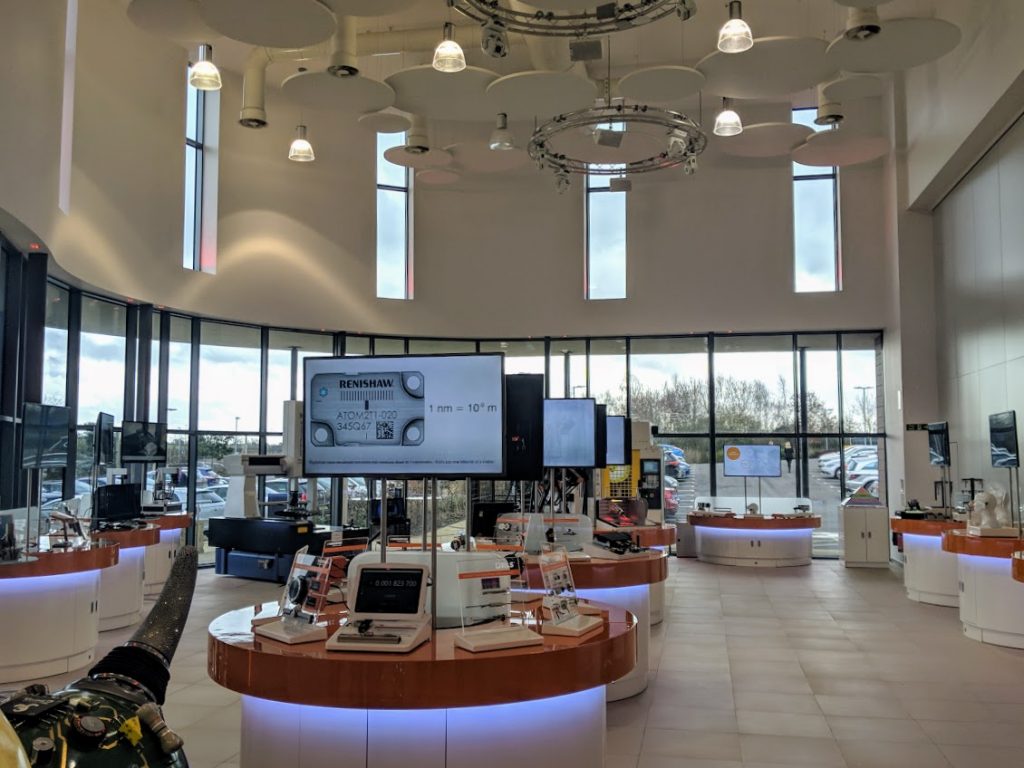
Renishaw CEO, Will Lee, opened the days presentations describing what guests at Renishaw’s open day could expect, some of the technology portfolio at the company and how additive manufacturing was in use to “to process the unweldable”.
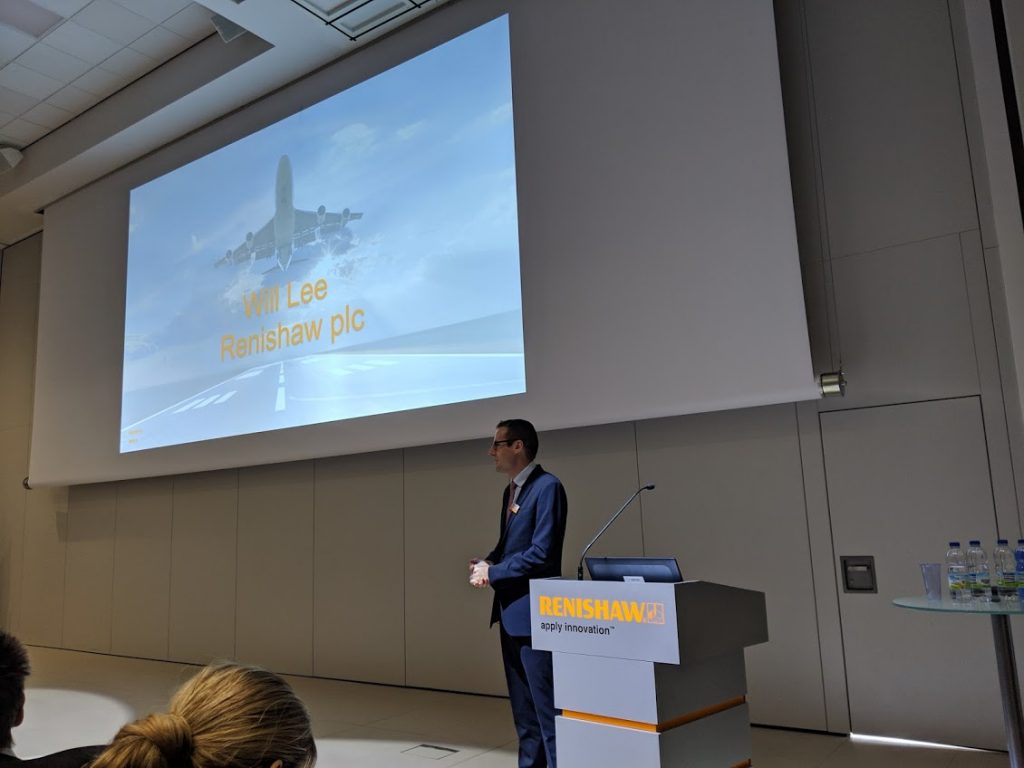
One of the refreshing things about Renishaw presentations is a lack of hard-sell. Today’s event seems to have been inspired by this method, with slides focused mainly on practical information, approaches to technical problems with only a brief interlude into a restrained (and informed) piece of crystal ball gazing.
This approach was fitting for the audience who came from a mix of advanced users at aerospace primes, smaller machine shops, and engineers who have worked on projects of international significance. Approximately 50% of attendees are currently making use of additive manufacturing technology.
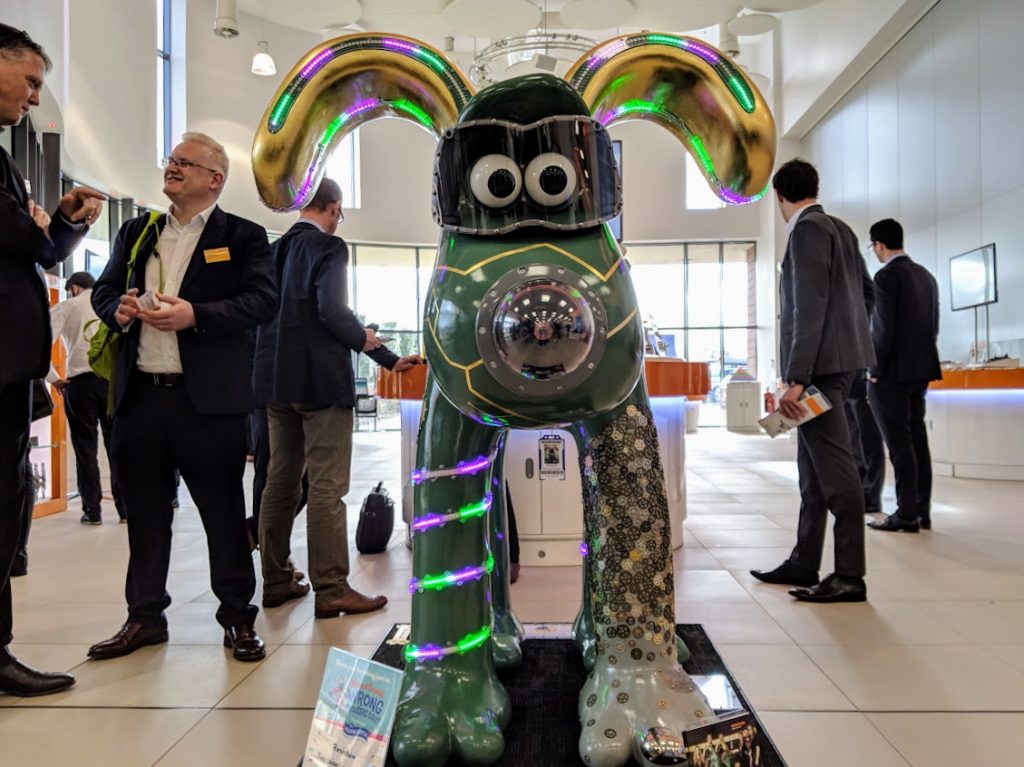
Airbus and GKN on additive manufacturing for aerospace
Trevor Higgs, Airbus VP Engineering UK, gave a grounded presentation. This included insight into the reality of introducing what some consultants like to refer to as a “disruptive” technology. For Higgs, disruptive has kept its more traditional definition on several occasions i.e. when things do not go smoothly.
“Automation has a long way to go in aerospace” according to Higgs. Processes such as wing assembly are still highly reliant on manual work, including precise drilling on large components. Automation here needs to focus on a different 3D, namely work that is “Dull, Dangerous or Dirty.”
While digitization is moving at a fast pace, it also presents challenges together with opportunities. One such opportunity is around predictive maintenance. For example the ongoing development of digital algorithms that mean aircraft are not required to be on ground for servicing for such a long time. Turning back to additive manufacturing in aerospace, Higgs made reference to cabin outfitting by the airline customers of Airbus. Here is an area where we have seen significant applications of 3D printing.
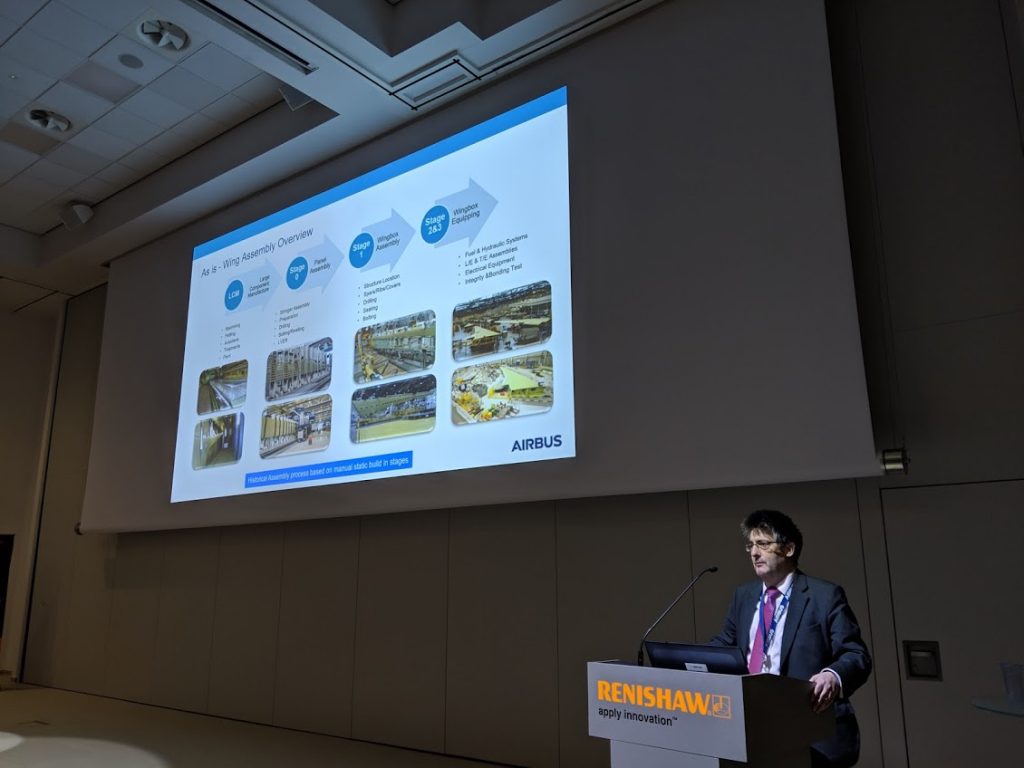
Paul Perera, VP Technology at GKN Aerospace, continued the morning session with a presentation entitled “The direction of travel – an additive manufacturing supply chain vision.” Introducing his topic Perera described how, “additive manufacturing … is yet to take off” but “we are on the runway and ready to go!”
Market needs for AM were categorized across reliable delivery, world class quality, cheap parts, customer experience and the goal to burn less fuel. Within these needs “full control of material properties” and the need to “share more,” including collaboration with customers on “products and process” were highlighted by Perera.
In conversation later in the day, Perera was also keen to stress the significance of standards for the additive manufacturing industry, and how these standards can be guided by the large amount of data collected organisations such as GKN – who have now worked with AM for over a decade.
2019 is set to be an exciting year for AM at GKN, forthcoming announcements include an intriguing project set to be revealed during the 2019 Paris Air Show in June. However the highlight of the coming 12 months will be the completion of the £32 million, Technical Center in Filton, Bristol. Additive manufacturing at the center will include a home grown wire-fed laser metal deposition additive system and powder bed AM. The center is scheduled to open in Q2 2020, Perera said, “half of new center in Bristol will be dedicated to AM.”
Another takeaway from Perera’s presentation was the information that, “Melrose has been a fantastic investor” and that “Melrose has decided to invest 10% more than we would have ourselves” in additive manufacturing technology specifically. This may be heartening to some observers who feared the takeover could be detrimental to the major engineering group.
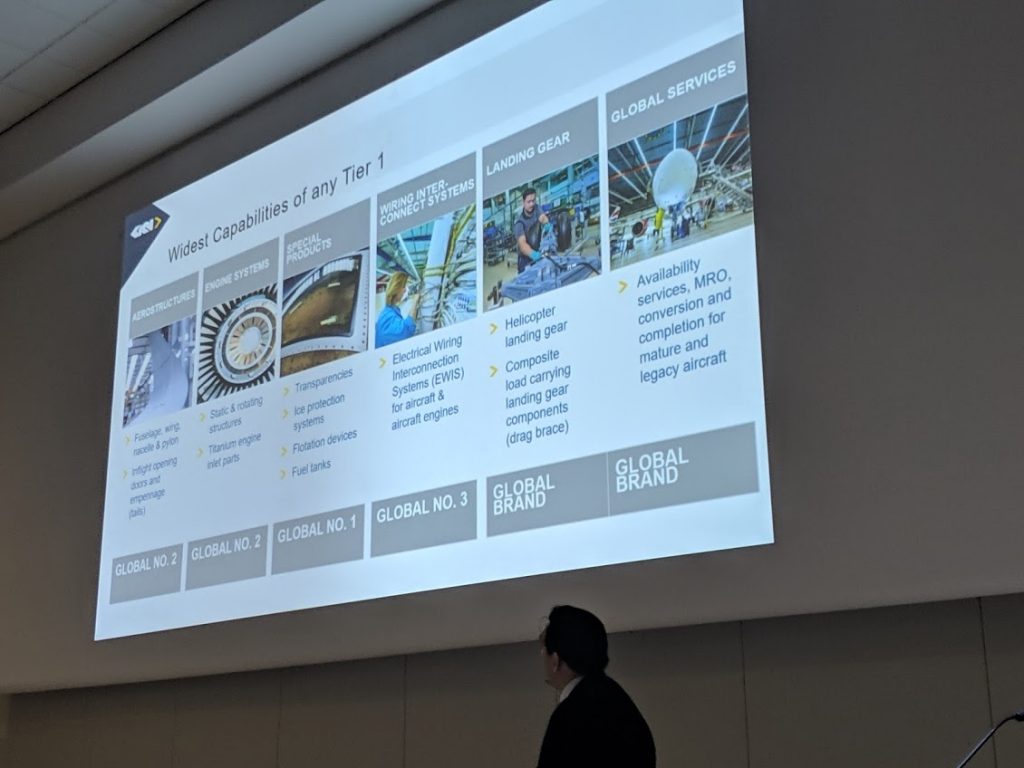
“Renishaw is the home of process control”
While our readers are probably more familiar with Renishaw’s contribution to additive manufacturing, this is not how most regard the company. As one speaker put it, “Renishaw is the home of process control.”
When Renishaw founder Sir David McMurtry, was an engineer at Rolls-Royce working on Concorde in the 1970s he designed the first trigger probe. Building on this he developed what would become a wide range of industrial measurement or metrology tools. Initially moving into a former ice-cream factory, Renishaw metrology equipment is now a world-leader. Despite his success in creating a multi-billion global company, and receiving a knighthood in the process – it was pleasing to learn that Sir David still has time to fetch a cup of tea for taxi drivers now ferrying international visitors to his company.
Paul Maxted, Director of Industrial Metrology Applications, took on the role of showing how the Renishaw Productive Process Pyramid approach to process control has informed technology solutions and the internal development of technology at Renishaw. Maxted also shared the lessons learned from building Renishaw products, and how others can benefit from this experience. Measurement was also the topic of Rolls-Royce Chief Metrologist Simon Gough-Rundle’s presentation on verification. Gough-Rundle drew upon his 35 years’ experience to talk about the demanding tolerances requested by engineers and the how at Rolls-Royce metrology receives board level attention.

How to win an £80 million contract and data as oil
Practical business insights came from Yan Tiefenbrun, MD at Castle Precision Engineering. In a presentation entitled “How we won an £80 million contract” Tiefenbrun described how his company transformed a crisis into an ongoing success story. When a customer asked for a 60% cost reduction in 2015, the Castle team commenced an intensive 3 month exercise to reach this target.
Although that bid was unsuccessful, “we were locked out and we never realized it,” Tiefenbrun realized his business could “bottle” the experience and use the approach to win larger contracts. Eventually a record £80 million with Rolls-Royce was secured, in part due to Castle’s long-term strategy summed up in the MD’s phrase, “We want to keep partners, not costs saved.”
Rounding off the day came a final presentation from the Vice President Strategy and Business Development at Sandvik Coromant. Magnus Ekbäck introduced his talk on on “How digitization will reshape discrete manufacturing” with an overview of trends in aerospace and also global megatrends – including globalization, urbanization and information and communication technology (ICT).
Ekbäck expanded upon ICT and digitization specifically, highlighting the digital maturity journey noting that most, “discrete manufacturing in Western Europe is at emerging/foundation stage. In five years it will at the be scaling stage.”
Ekbäck drew attention to the specific Industry 4.0 programs of Germany and the U.S., and using the Fourth Industrial Revolution term (4IR), mapped how oil (a driver of the Second Industrial Revolution) could be seen as analogous to data in 4IR.
Under this comparison, the data from devices close manufacturing tools, can be considered as the oil, shop floor computing serves as the pipeline delivering the data to cloud computing and machine learning refineries. Back-end applications, such as reporting and analytics also serve to refine data into information from the vast amount of measurements collected.
Ekbäck highlighted the need for ecosystem level thinking in the new industrial world, where new skills and new business models also create new opportunities. Some of these opportunities are likely to concern payment and revenue sharing models.
Away from presentations, there was generally a warm reception to the concept of Industry 4.0 and its usefulness. Breaks in the speaking program also provided an opportunity to tour some of the demonstration stations and to to see products under development. In addition to new metrology solutions, one notable display included the subject of a recent BBC document. The documentary, “The Parkinson’s Drug Trial: A Miracle Cure?” shows the participation of 42 people with Parkinson’s taking part in a long term clinical trial.
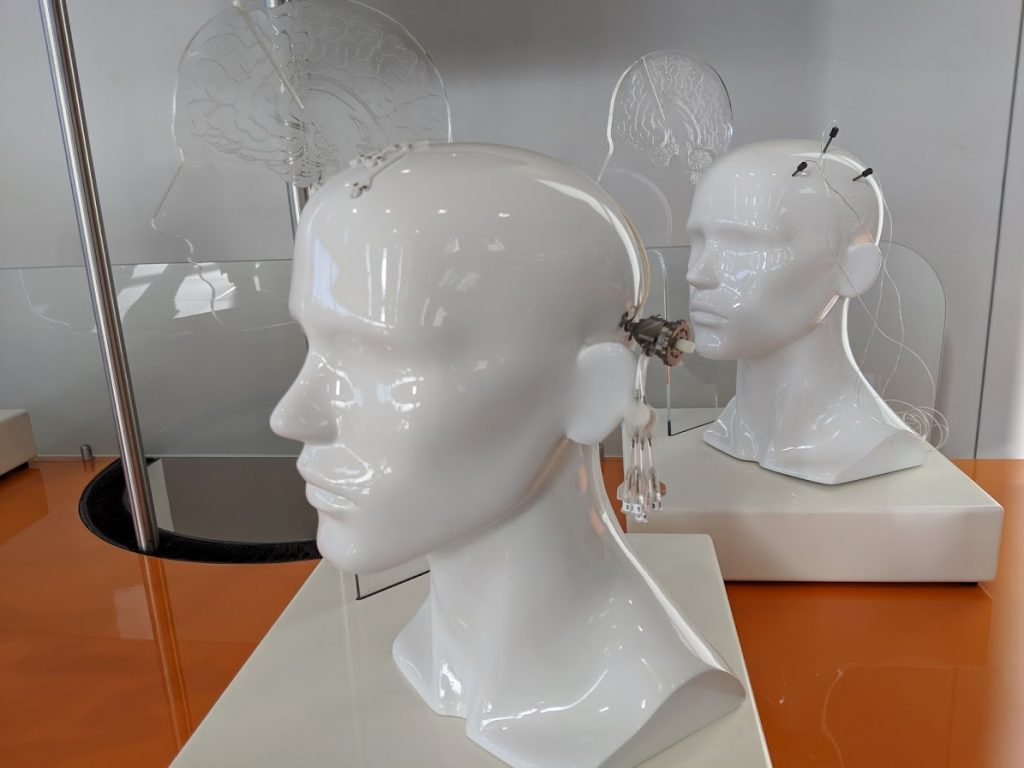
Jonathan Archer, General Manager at Renishaw, and the days moderator wrapped up the event hoping that attendees got “A good return on investment for time.” A sentiment I would certainly agree with.
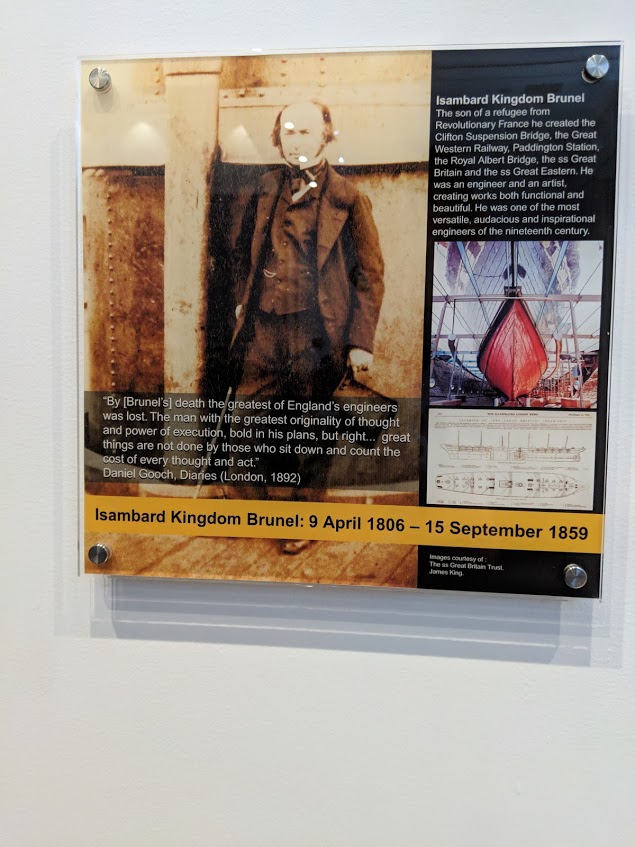
Want the latest 3D printing news? Subscribe to the free 3D Printing Industry newsletter, follow us on Twitter and like us on Facebook. Visit 3D Printing Jobs to take the next step in your career.
Featured image shows the reception entrance at Renishaw’s New Mills facility. Photo by Michael Petch.



